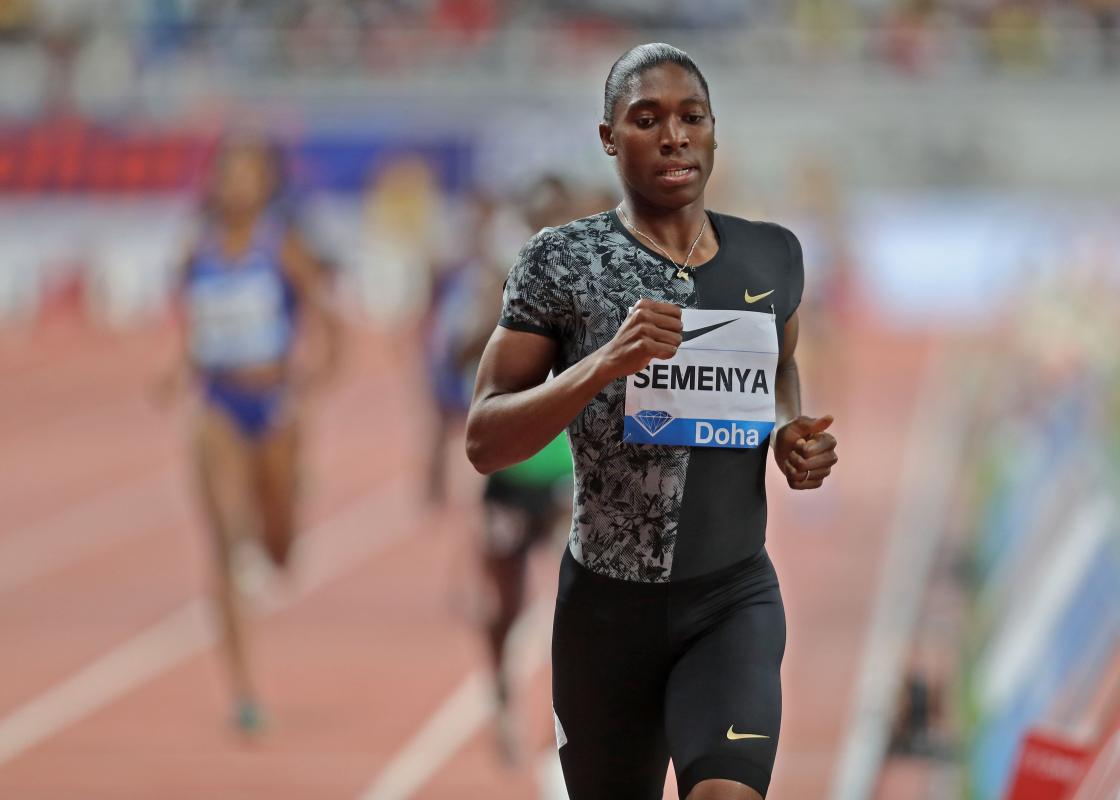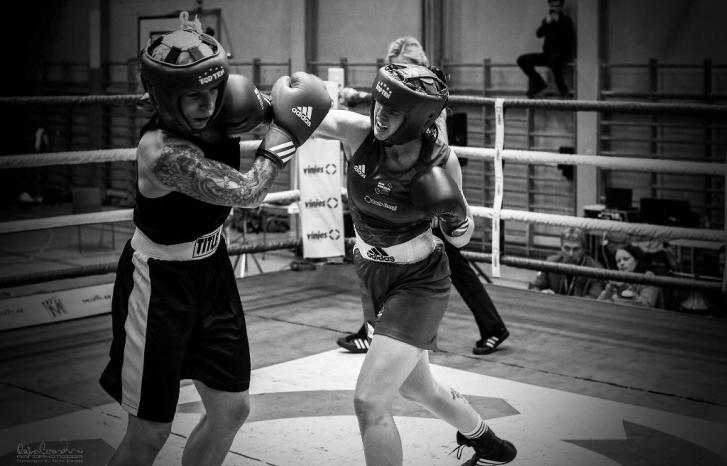Over the past year, the debate concerning sex testing in athletic sports has gained new ground with the middle distance runner Caster Semenya. In 2019, she lost an important legal case: She had made a complaint about the international association World Athletics’ regulations on limits for female athletes’ testosterone level. The Court of Arbitration for Sport ruled against Caster Semenya’s complaint. In order to participate in the 800 metre run in international competition, Semenya is required to take hormone-reducing medication.
“When I saw how the case was covered in Norway – like many other places – it became clear to me that the debate was shaped by a fundamental consensus that the ‘problem’ in this case is Caster Semenya,” says Mari Haugaa Engh.
She is associate professor at Department of Interdisciplinary Studies of Culture at Norwegian University of Science and Technology (NTNU), and has written an article about sex testing recently published in Journal of Gender Research. In her article, she looks at how gender and race affect attitudes to femininity in elite sports.
“What constitutes the problem is Semenya’s body and sex, not the fact that sports insist on measuring, categorising and determining the sexes in a way that would not have been possible in other areas of society.”
Engh says that she finds it problematic that Semenya is continuously described as ‘the big dilemma of athletic sports’ in the public debate.
“The way in which we talk about her body as a problem draws our attention away from the fact that it is not possible to determine the body’s sex by way of a simple test. Natural bodies differ from each other,” she says.
The women’s test
“Since women were first allowed to participate in sports competitions, for instance in the Olympic Games, there has been this idea that we need to ensure that the women who compete are in fact women. People have been concerned that men might pretend to be women in order to win the competition,” says Engh.

In her article, she explains that there have been different ways for sports competitions to establish femininity through history. Everything from nude parades in order to examine the performers’ bodies to requirements for doctor’s certificates stating the athlete’s sex to DNA and hormone tests.
“Since the 1990s, there has been an end to obligatory testing, as it became more and more clear how difficult it is to determine a woman’s sex biologically and physically. Now they only test the women who stand out as ‘suspicious’.”
Establishing rules for how ‘masculine’ a woman can be is an effective way of maintaining the idea of men as natural athletes.
Today there is a testosterone limit set by World Athletics that determines whether or not a performer is permitted to compete in the women’s category.
“There has been a change from testing everybody to only testing a few. In the regulations, there is talk of ‘differences of sexual development’, which often describes what is referred to in research as intersex – an umbrella term for a number of different conditions. But it is women with naturally high testosterone levels that constitute the target group for the regulations.”
The average woman
Engh writes that women’s admission to participate in international elite sports is rooted in one imaginary figure: the average woman.
“The whole premise for women’s inclusion in this international competitive sport is founded on the assumption that women are different, weaker, shorter and slower than men. Establishing rules for how ‘masculine’ women can be is an effective way of maintaining the idea of men as natural athletes,” she says.
Engh emphasises that several scholars find it illogical that there is an expectation that some of those who compete in elite sports are average people. Nevertheless, female participants are held responsible for their sex and are not allowed to deviate too much from what is presumed and established as average for women.
“It is clearly illogical to expect that elite sports performers – who by definition are meant to break limits and set records – do not deviate from the average. The point is precisely that these elite performers are supposed to be extreme. There is no average man in men’s sports, and deviating from what is considered normal here is rather an expression of extreme accomplishment and skills,” she says.
Fair for whom?
In sports, the main argument for sex testing is to ensure fair competition. Many people are of the opinion that that a higher testosterone level is beneficial in sports that focus on speed and strength, such as middle distance in athletics. According to them, an innate advantage such as this undermines the ideal of individual effort and practice among the performers
There is something self-contradictory in saying that women should be able to do all the same things as men can, but when they are approaching men’s level in sports they are accused of not being womanly enough.

“For whom is this rule fair?” Prisca Massao asks.
She is associate professor at Inland Norway University of Applied Sciences, and has written a PhD thesis on racism in Norwegian sports. She argues that the system is unfair to Semenya, who has never used any performance-enhancing drugs.
“Yet her body is almost considered criminal. I believe that Semenya challenges several power systems simultaneously because she does not fit into the expected image of femininity and race.”
“There is something self-contradictory in saying that women should be able to do all the same things as men can, but when they are approaching men’s level in sports they are accused of not being womanly enough.”
The indirect racism
According to Massao, race in many ways affect what we consider the ‘right’ sort of femininity.
“Sports also has western femininity as its norm, where you are supposed to be white and slender. Women who are particularly muscular, for instance, do not necessarily fit into this western femininity, even if they are at elite sports level,” says Massao.
Massao herself has studied racism in Norwegian sports. One thing that came up in her interviews was that the boys were most often the victims of direct racism.
There are other things than just the sex that problematise the idea of a fair competition.
“Women largely experienced an indirect type of racism, and found it difficult to put words to their experiences. The racism within sports that is addressed in the Norwegian public is the direct racism. Indirect racism, on the other hand, is institutional, and not as easy to observe. It is not taken as seriously as direct racism,” says Massao. To challenge the norms
Engh says that she does not discuss what is fair in her article, but she is not convinced that the regulations ensure fairness – perhaps on the contrary.
“At the international elite level, there are many things that contribute to an unfair basis for competition such as access to resources and training equipment and competition arenas. Therefore, there are other things than just the sex that problematise the idea of a fair competition.”
According to Engh, our image of what a woman should look like and what qualities she should possess is founded on the white, heterosexual middle class woman.
“When this is positioned as the normal woman, a large number of other women are simultaneously categorised as abnormal. Despite the fact that white, heterosexual middle class women constitute a minority of the category ‘women’, they are nevertheless both historically and currently considered normal and ideal women. This has been the basis for all science about the sexes.”
According to Engh, whiteness as an ideal is often taken so much for granted that is has become invisible for most people.
“When we study outsiderness and discrimination, we often focus on those who fall outside, and we thus tend to locate the problem with them. But what happens if we turn our gaze and look at the norms that make something or someone seem different?”



